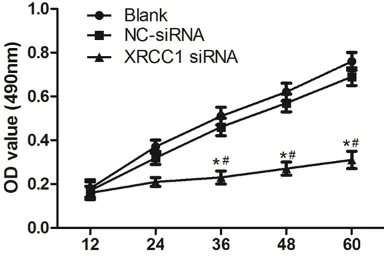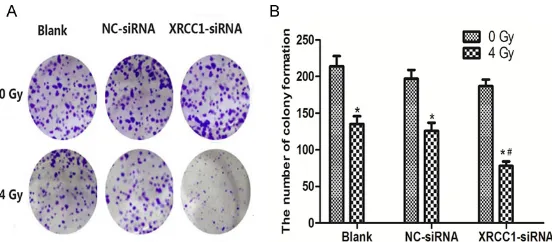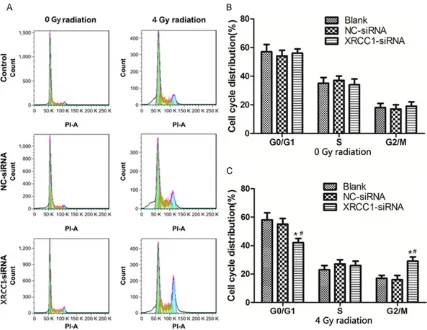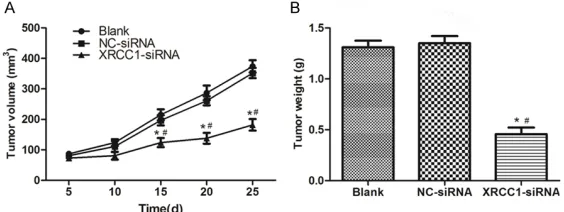Original Article Study on the effect of XRCC1 silencing on radiotherapeutic response of nasopharyngeal carcinoma cells and its mechanism
Full text
Figure




Related documents
from a technical mixture with higher degree of chlorination to a technical mixture with lower degree of chlorination over this time period, (2) early, industrial, or combustion
It was decided that with the presence of such significant red flag signs that she should undergo advanced imaging, in this case an MRI, that revealed an underlying malignancy, which
Also, both diabetic groups there were a positive immunoreactivity of the photoreceptor inner segment, and this was also seen among control ani- mals treated with a
This study aimed to assess the prevalence of anxiety and depression and to identify their associated factors including metabolic components among people with type 2 diabetes..
Мөн БЗДүүргийн нохойн уушгины жижиг гуурсанцрын хучуур эсийн болон гөлгөр булчингийн ширхгийн гиперплази (4-р зураг), Чингэлтэй дүүргийн нохойн уушгинд том
19% serve a county. Fourteen per cent of the centers provide service for adjoining states in addition to the states in which they are located; usually these adjoining states have
The most important contributions of this paper are (i) the proposal of a concern mining approach for KDM, what may encourage other groups to start researching on
Economic development in Africa has had a cyclical path with three distinct phases: P1 from 1950 (where data start) till 1972 was a period of satisfactory growth; P2 from 1973 to